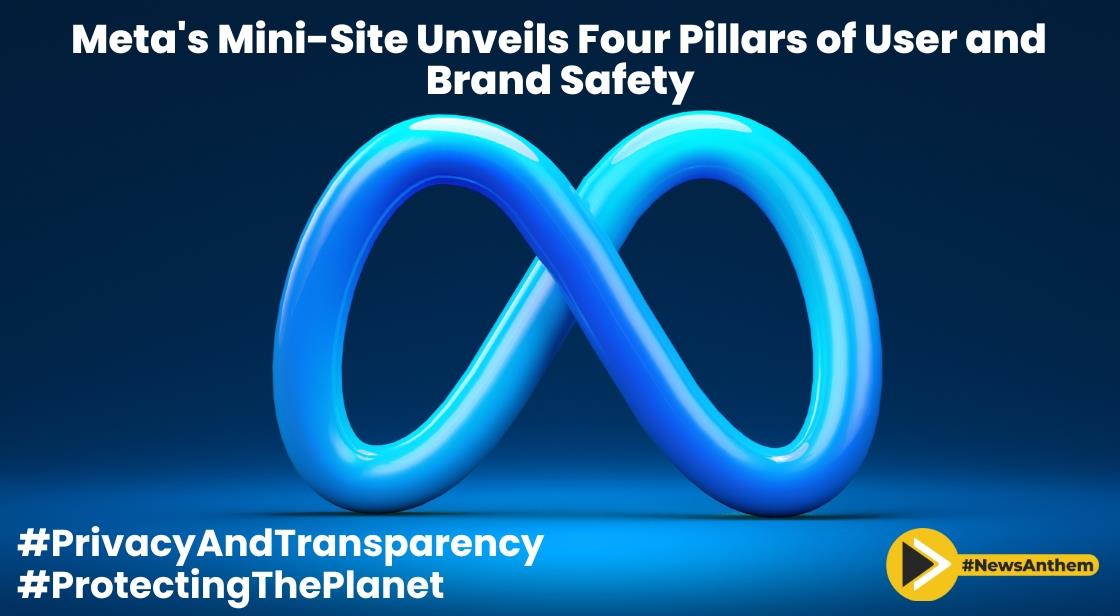Meta's Mini-Site Unveils Four Pillars of User and Brand Safety

News Synopsis
Meta's Comprehensive Framework for Brand and User Safety
In what appears to be a strategic response to recent content moderation challenges faced by X, formerly known as Twitter, Meta has unveiled its all-encompassing "media responsibility" initiative. This initiative sets the tone for a revised approach to content management within its applications.
Meta has introduced its new Media Responsibility framework, an industry commitment to creating a more responsible, inclusive, and sustainable advertising ecosystem.
This framework will be reflected in both content moderation and ad placement guidelines for the improved safety and well-being of all app users.
Meta has defined this media responsibility through four key pillars:
-
Safety and Expression: Ensuring that every user has a voice while safeguarding them from potential harm.
-
Diversity, Equity, and Inclusion: Ensuring equal opportunities for all users, fostering an environment where everyone feels valued, respected, and supported.
-
Privacy and Transparency: Building products with a strong emphasis on privacy and ensuring transparency in media placement and measurement.
-
Sustainability: Commitment to protecting the planet and making a positive impact.
To offer more comprehensive insights into these principles, Meta has launched a mini-site that delves deeper into each pillar, providing explanations about how these will be implemented across its platforms.
The Mini-Site and Accountability
Meta has launched a mini-site that provides in-depth insights into each of these pillars. This mini-site aims to make Meta more accountable and transparent by allowing its advertising partners and users to understand its approach better. The goal is to ensure that all stakeholders can hold Meta responsible for the safety and credibility of the platform.
Contrasting Approaches: Meta vs. X (Twitter)
Meta's Media Responsibility framework demonstrates its distinct approach compared to X's crowd-sourced fact-checking via Community Notes. While X allows user-generated fact-checks to contribute to content moderation, Meta leans on its extensive experience to curate content more effectively. The contrasting strategies highlight the evolving dynamics of content moderation and user safety on various social media platforms.
Conclusion
Meta's introduction of the Media Responsibility framework provides a significant insight into its evolving strategies for ensuring brand and user safety. By focusing on accountability and transparency, Meta is actively addressing the challenges of content moderation, and its unique approach could set new standards for safety and responsibility in the digital landscape.
You May Like









